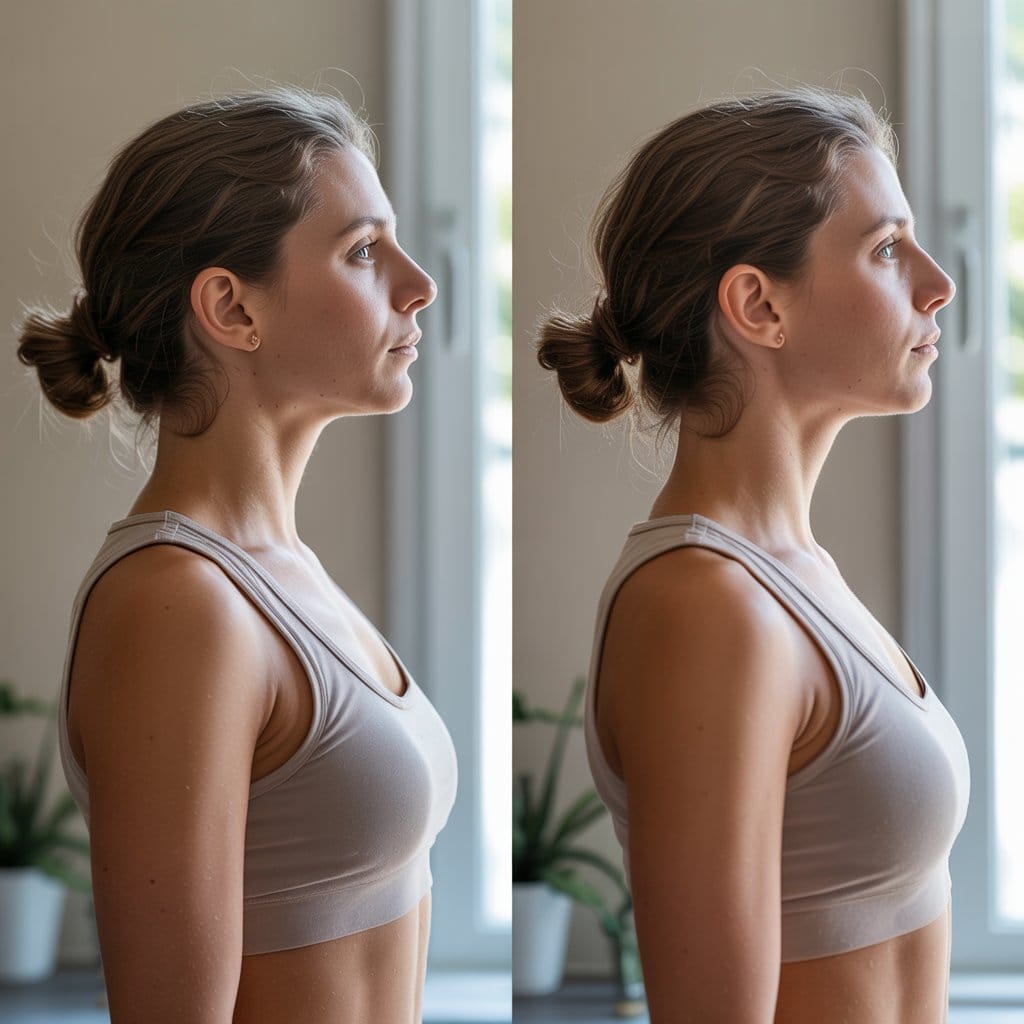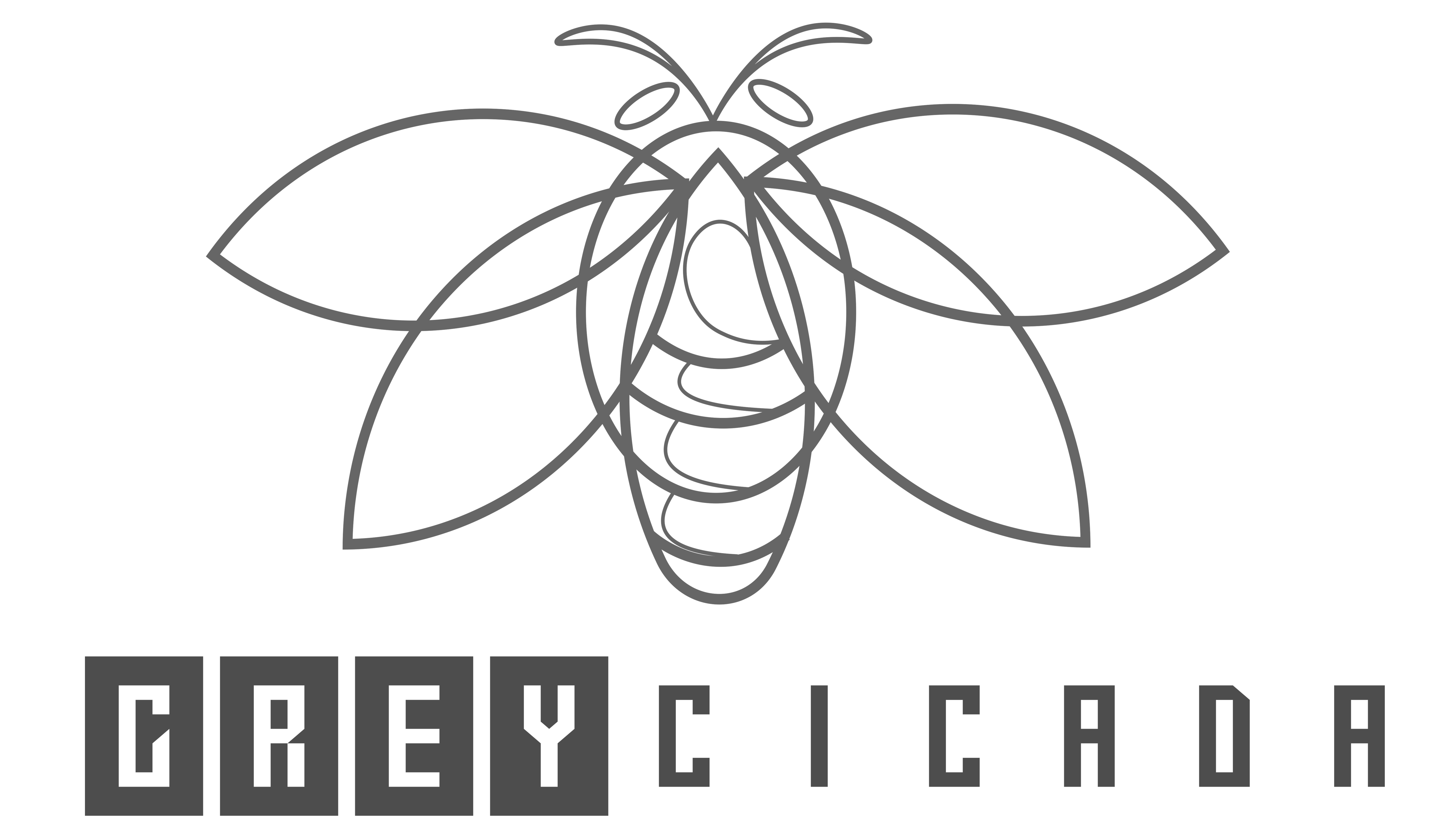FREE SHIPPING OVER $50
PT-Approved: 7 Daily Moves That Fixed My Tech Neck in 2 Weeks (Before & After)

If you’re reading this, chances are you’ve felt it—that dull, persistent ache at the base of your skull, the knot between your shoulder blades, or the constant tension that radiates from your neck down your back. We call it Tech Neck, and it’s the inevitable consequence of modern life. We spend hours hunched over phones, keyboards, and tablets, forcing our heads—which weigh about as much as a bowling ball—forward. This stresses the cervical spine and strains the upper back muscles into a state of perpetual tightness, leading to chronic discomfort, poor posture, and even headaches.
I was once right there with you, skeptical that anything less than constant massage could provide lasting relief. After battling painful Tech Neck for years, I finally consulted a physical therapist (PT) and committed to a targeted, daily routine. The results were astounding: in just two weeks, my pain significantly dropped, my posture improved, and I could genuinely see the difference in my neck alignment. I’m ready to share the exact 7 daily moves that make up this PT-approved routine, empowering you to correct your posture and find the same lasting freedom from the daily grind of Tech Neck.
The Root Cause: Why Tech Neck Is a Posture Killer
To truly fix Tech Neck, you must address the core mechanical problem: the forward shift of your head. For every inch your head shifts forward from its neutral alignment over your shoulders, the effective weight that your neck muscles must support increases by about 10 pounds.
This forward posture creates two major muscular imbalances:
- Overworked Muscles: The upper trapezius (the muscles on the top of your shoulders) and the extensors at the back of your neck become chronically overstretched and tight as they fight to pull your head back all day. This causes the tension and the knots you feel.
- Weakened Muscles: The deep cervical flexors (the small, vital muscles in the front of your neck) and the middle/lower back stabilizers become weak and dormant. They are the muscles needed to hold your head upright effortlessly.
The goal of this 7-move routine is to reverse this imbalance: stretch the overworked muscles and strengthen the weak, dormant ones.
The 2-Week PT-Approved Routine: 7 Daily Moves
Perform these 7 moves as a circuit, once daily. If you are experiencing acute pain, start gently and reduce the hold time. Consistency is key to seeing the before-and-after results.
Move 1: The Chin Tuck (The Posture Reset Button)
This is the single most important move for Tech Neck because it targets and strengthens the weak deep cervical flexors while stretching the tight suboccipital muscles at the base of the skull.
- How to do it: Sit or stand tall. Look straight ahead. Gently draw your chin straight back, as if you are trying to make a double chin. You should feel a stretch at the top of your neck and the back of your head. Keep your eyes level and your shoulders relaxed.
- The Daily Goal: Hold for 5 seconds. Repeat 10 to 15 times.
Move 2: Upper Trapezius Stretch (Targeting the Knots)
The Upper Trapezius is the notorious knot-holder. This simple stretch is essential for releasing chronic tension.
- How to do it: Sit on your right hand (this anchors the shoulder down). Gently tilt your left ear toward your left shoulder. Deepen the stretch by using your left hand to apply light pressure to the side of your head.
- The Daily Goal: Hold the stretch for 30 to 45 seconds on each side. Repeat twice per side. Focus on deep, slow breaths into the stretch.
Move 3: Pec Minor Wall Stretch (Opening the Chest)
When you hunch forward with Tech Neck, the small Pec Minor muscles in the front of your chest get chronically tight. This pulls your shoulders forward, further compounding the forward head posture.
- How to do it: Stand in a doorway. Place your forearm flat against the door frame (elbow at shoulder height). Step forward slowly with the foot on the same side until you feel a comfortable stretch across your chest and front of your shoulder.
- The Daily Goal: Hold the stretch for 30 seconds on each side. This move is crucial for pulling the shoulders back into proper alignment.
Move 4: Scapular Squeeze (Waking Up the Back)
This is a strengthening move that wakes up the stabilizing muscles between your shoulder blades (Rhomboids and mid-Trapezius) that have become dormant in the Tech Neck position.
- How to do it: Sit or stand tall with your arms relaxed by your sides. Imagine holding a pencil vertically between your shoulder blades. Squeeze your shoulder blades together as if you are trying to pinch that pencil. Do not shrug your shoulders toward your ears.
- The Daily Goal: Hold the squeeze tightly for 5 seconds. Repeat 10 to 15 times. Focus on activation, not momentum.
Move 5: Thoracic Spine Extension (The T-Spine Reset)
The upper back (Thoracic Spine) often stiffens when we sit hunched over, preventing proper extension and forcing the neck to compensate. This move restores vital mid-back mobility.
- How to do it: Lie on your back. Place a foam roller, or a rolled-up towel, perpendicular to your spine, just below your shoulder blades. Place your hands behind your head for support. Gently arch your upper back over the roller/towel.
- The Daily Goal: Slowly and controlled, rock slightly up and down or hold the arch for 10 to 15 seconds. Only go to a point of comfortable stretch.
Move 6: Resistance Band External Rotation (Shoulder Stabilization)
Weak rotator cuff muscles contribute to poor shoulder posture and instability, which places extra stress on the neck. This move uses light resistance to strengthen those tiny, essential stabilizers.
- How to do it: Hold a light resistance band (or a light weight) with your elbow bent at 90 degrees and tucked close to your side. Keeping your elbow fixed, rotate your forearm outward, pulling the band away from your body.
- The Daily Goal: Perform 15 slow, controlled repetitions on each side. This is about control, not strength.
Move 7: Isometric Neck Holds (Building Endurance)
To maintain a corrected posture, the neck muscles need endurance. Isometric exercises build that fatigue resistance without stressing the joints.
- How to do it: Place your palm flat against your forehead. Gently push your head into your hand while resisting the movement with your neck muscles (your head should not move). Repeat by pushing against your hand on the left, right, and back of your head (using interlaced fingers).
- The Daily Goal: Hold the gentle resistance for 10 seconds in each of the four directions. This simple move trains your neck to resist the gravitational pull that causes the forward head posture.
Lifestyle Hacks for Lasting Correction
The 7 daily moves correct the muscular imbalances, but for true, lasting change, you must address the habits that caused the Tech Neck in the first place.
1. Optimize Your Screen Setup
The primary culprit is often your computer monitor. Position the top third of your screen at eye level. This simple change forces your head to stay upright and neutral, preventing the neck from drifting forward. If you use a laptop, purchase an external keyboard and mouse, and raise the laptop screen up onto a stack of books or a stand.
2. The Phone Check-Up
Become aware of your “phone slump.” Instead of bending your neck down to look at your phone, lift the phone closer to eye level. This requires you to move your eyes, not your neck, to view the screen. This is a powerful, instant fix for reducing strain.
3. Take Micro-Breaks
Set a timer to go off every 30 minutes. When it rings, immediately perform Move 1 (The Chin Tuck) five times. These “micro-breaks” interrupt the repetitive strain cycle before it has time to cement the bad posture.
4. Sleep Posture
The way you sleep can either help or hinder your progress. Ensure your pillow is supporting your neck in a neutral, straight line with your spine—neither propping your head too high nor letting it drop too low. Most physical therapists recommend sleeping on your back or side, using a cervical support pillow if necessary.
Final Thoughts
Tech Neck is a modern problem, but the solution is a timeless combination of targeted strength and flexibility. The 7 daily PT-approved moves in this routine provide a comprehensive strategy to stretch the painfully tight areas, strengthen the weak postural muscles, and restore proper spinal alignment. Committing to this simple circuit for just 2 weeks will not only alleviate the persistent aches but will deliver the visible before & after results you crave: a stronger neck, a more confident posture, and long-term relief from the burdens of constant digital life. Start today—your neck will thank you.
Related Articles
- Sick of Chronic Migraines? These 6 Yoga Moves + Breathwork Could Be Your Natural Relief
- Want to Look and Feel 17 Years Younger? These 15 Anti-Aging Hacks Are Backed by Science
- The Anti-Aging Habit Hidden in a Remote Village—Doctors Say It Rewinds Your Biological Clock
- Fitness Over 45? These 5 ‘Healthy’ Habits Are Secretly Sabotaging Your Muscle Gains
- Doctors Say Slow Walkers Age Faster—Follow These Exercises to Add Years to Your Life



